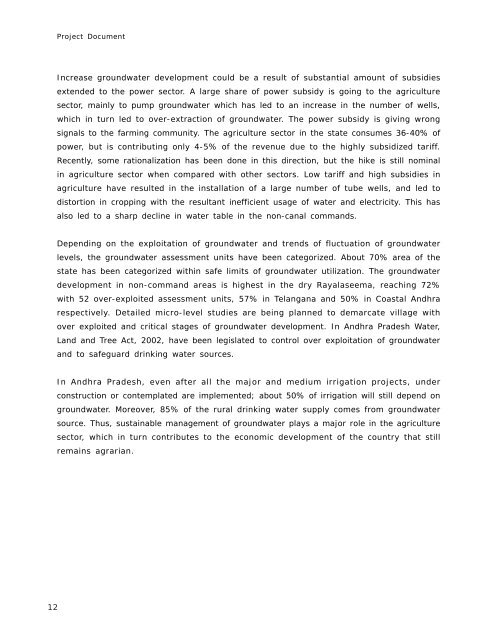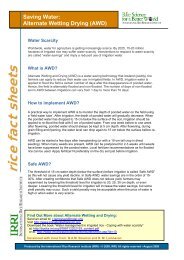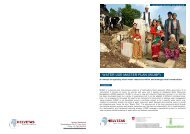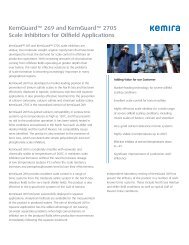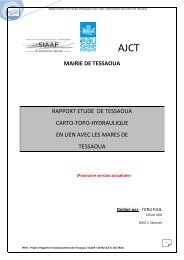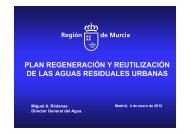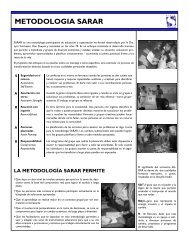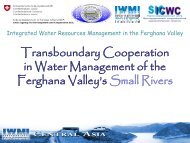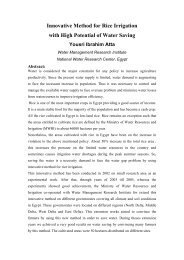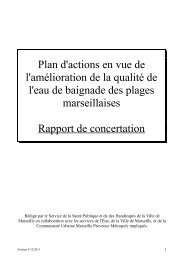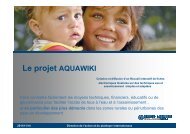FAO Project Document book - Solutions for Water platform - World ...
FAO Project Document book - Solutions for Water platform - World ...
FAO Project Document book - Solutions for Water platform - World ...
You also want an ePaper? Increase the reach of your titles
YUMPU automatically turns print PDFs into web optimized ePapers that Google loves.
<strong>Project</strong> <strong>Document</strong><br />
Increase groundwater development could be a result of substantial amount of subsidies<br />
extended to the power sector. A large share of power subsidy is going to the agriculture<br />
sector, mainly to pump groundwater which has led to an increase in the number of wells,<br />
which in turn led to over-extraction of groundwater. The power subsidy is giving wrong<br />
signals to the farming community. The agriculture sector in the state consumes 36-40% of<br />
power, but is contributing only 4-5% of the revenue due to the highly subsidized tariff.<br />
Recently, some rationalization has been done in this direction, but the hike is still nominal<br />
in agriculture sector when compared with other sectors. Low tariff and high subsidies in<br />
agriculture have resulted in the installation of a large number of tube wells, and led to<br />
distortion in cropping with the resultant inefficient usage of water and electricity. This has<br />
also led to a sharp decline in water table in the non-canal commands.<br />
Depending on the exploitation of groundwater and trends of fluctuation of groundwater<br />
levels, the groundwater assessment units have been categorized. About 70% area of the<br />
state has been categorized within safe limits of groundwater utilization. The groundwater<br />
development in non-command areas is highest in the dry Rayalaseema, reaching 72%<br />
with 52 over-exploited assessment units, 57% in Telangana and 50% in Coastal Andhra<br />
respectively. Detailed micro-level studies are being planned to demarcate village with<br />
over exploited and critical stages of groundwater development. In Andhra Pradesh <strong>Water</strong>,<br />
Land and Tree Act, 2002, have been legislated to control over exploitation of groundwater<br />
and to safeguard drinking water sources.<br />
In Andhra Pradesh, even after all the major and medium irrigation projects, under<br />
construction or contemplated are implemented; about 50% of irrigation will still depend on<br />
groundwater. Moreover, 85% of the rural drinking water supply comes from groundwater<br />
source. Thus, sustainable management of groundwater plays a major role in the agriculture<br />
sector, which in turn contributes to the economic development of the country that still<br />
remains agrarian.<br />
12


